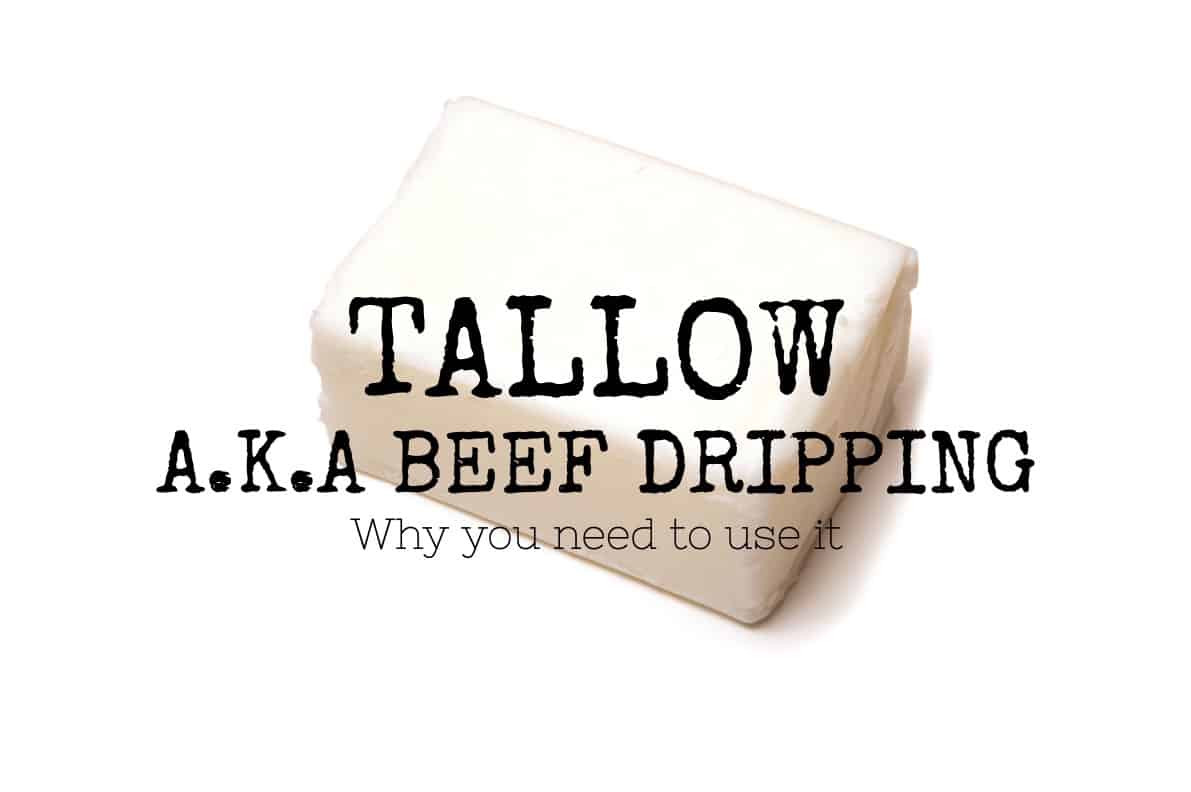
Some call it tallow, some call it dripping, and people-in-the-know call it the secret ingredient.
With the rise of foodie diets, paleo eating, the keto diet, and the (recent) realization that saturated fats aren’t bad for us after all, beef tallow is making a comeback. This is a Rocky-style comeback with all cylinders firing and support from adoring followers. As long as humans have been eating meat, we’ve cooked and enhanced the flavour of foods with tallow.
In the UK, this once common item in every kitchen is storming back into the top 10 food charts. We don’t like to brag at Butcher Magazine, but we’re way ahead of the game. Ask us about Tallow, Dripping, or Lard!
So Who Are You And What Do You Know About It?
You’ve probably arrived here seeking more than the Wikipedia one-liner answer to your questions. You might even be looking for a complete guide to tallow. You’re in luck. I’m a butcher with over 40 years experience. I eat beef, dripping, and every other part of the cow (waste not, want not). I know a few things about this lovely ingredient. But keep it quiet! We don’t want everyone to run out and buy the stuff, do we? I like getting this liquid gold for cheap.
What is Tallow?
Tallow is a high-fat, cow “lard” substance that has been melted and clarified to be used as a cooking oil or recipe ingredient. Tallow is creamy white and solid at room temperature.
Is tallow the same as dripping?
Yes, it is.
It depends on which side of the Atlantic you come from. In the UK and Ireland, the word is dripping. North Americans prefer to use the word tallow, which we’ll admit, sounds better.
Is tallow healthy?
Many people ask me if beef tallow is good or bad for us. In the past, the answer I gave was “well, beef is good for you but don’t eat too much saturated fat”, even when deep down, I knew there was nothing bad about quality, grass-fed beef. The old food pyramid advice kept tasty meat and fats off the plate for years.
These days I tell people to cook their potatoes in dripping. To baste their roasts in it. It’s a source of fat, an essential nutrient. It’s not a slimming food but if you live a healthy lifestyle and you don’t overindulge on high-sugar junk foods, you will have zero problems with this natural, unprocessed product.
Saturated fats (which make up the majority of fat in tallow) are not the demon fat that we once believed. One thing’s for certain, the fat in animals, such as cows, is superior to the trans fats produced in labs for junk food.
Is it good for you? Well, don’t drink it by the cupful, but a certain proportion of saturated fats in your diet mimics the diet we humans have kept for millions of years. We got this far without our species dying off from heart disease.
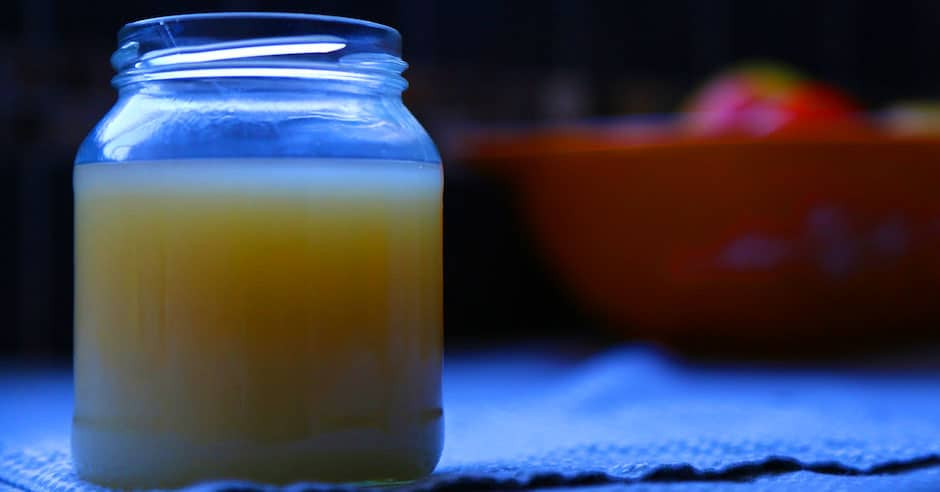
Nutritional Content
Tallow contains Choline (an important macronutrient for energy and muscular contractions), Vitamin D (essential for bone growth and calcium absorption), Vitamin E (an antioxidant that helps prevent cell damage), Selenium (an immune system booster and antioxidant), Cholesterol (an essential fat used for Vitamin D, hormone, and cell membrane manufacture). And the animal fat is a great transporter of fat-soluble vitamins.
How do I render beef fat into tallow or dripping?
At Butcher Magazine HQ, we try to eat wisely. That’s why we avoid vegetable oils for cooking. These unstable oils have gone through chemical extraction from plants and seeds and are unstable at high cooking temperatures. Unstable meaning they oxidise. It causes those nasty free radicals to appear and they can damage our cells. So we prefer to use beef fat in the form of tallow for cooking. And it tastes amazing – bonus!
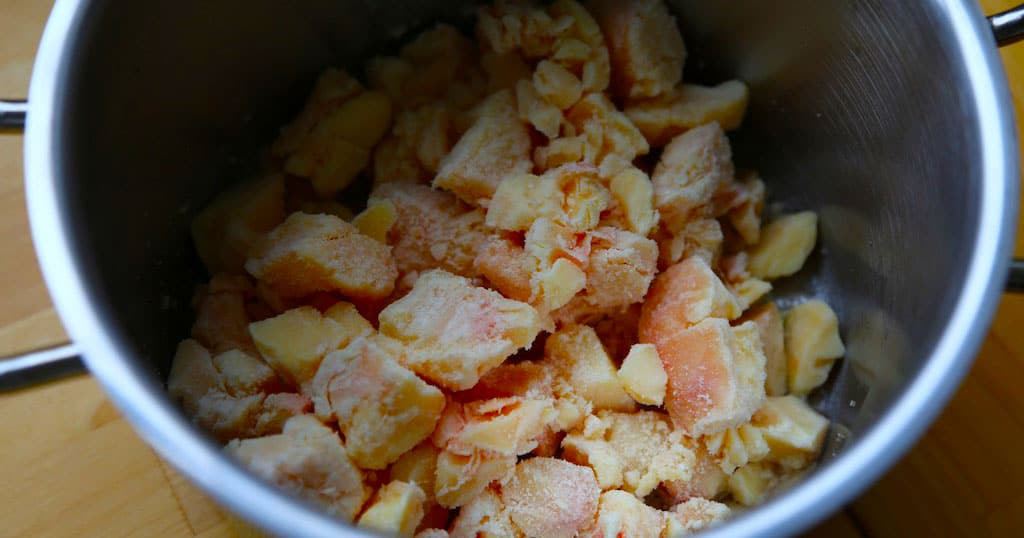
You’ll need a slow cooker for this but these are inexpensive and easy to use.
A muslin cloth (cheesecloth), food blender, and something to store the end product are the only other items needed.
- Cut the fat into small pieces.
- Process the fat in the food processor until it’s minced.
- Place the pulverised fat into the slow cooker at as low a heat as possible.
- Leave to cook for 5 hours or until there are no solids left and the slow cooker contains only liquid.
- Pour or spoon the fat through the muslin cloth into a container such as a bowl.
- Let the liquid cool until it turns a lovely white colour.
You can add the tallow to jars or chop it into chunks for easier adding to your cooking.
Enjoy!
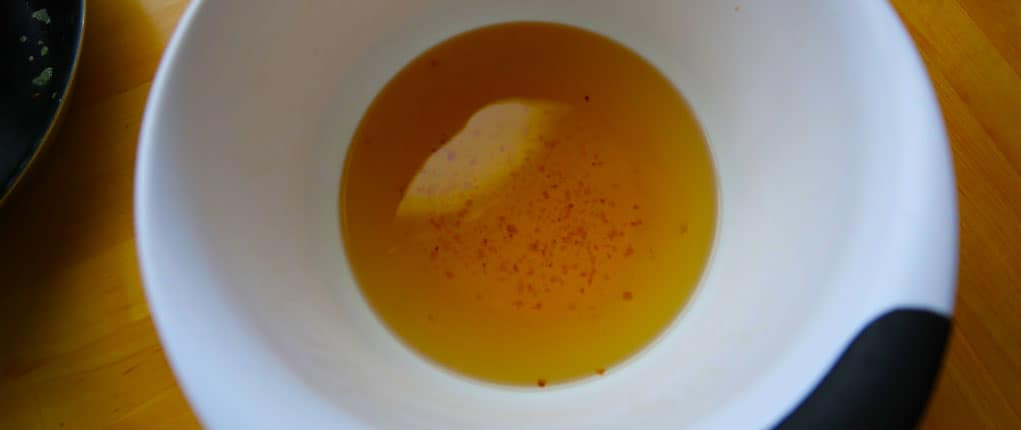
Where to buy tallow?
The best place is with your local butcher. Try to find a butcher that deal with local meat. Organic is best and grass-fed is essential.
If you don’t live near a butcher, you can order online from reputable beef dripping suppliers online.
Buy grass-fed products that free of hormones and antibiotics.
What is the difference between suet and tallow?
Suet is a hard fatty part of the cow, sourced from the around kidneys and sometimes from the loins. Tallow is the rendered version of suet.
What is the difference between lard and tallow or beef dripping?
Lard is from a pig. Tallow is from a cow. It’s that simple.
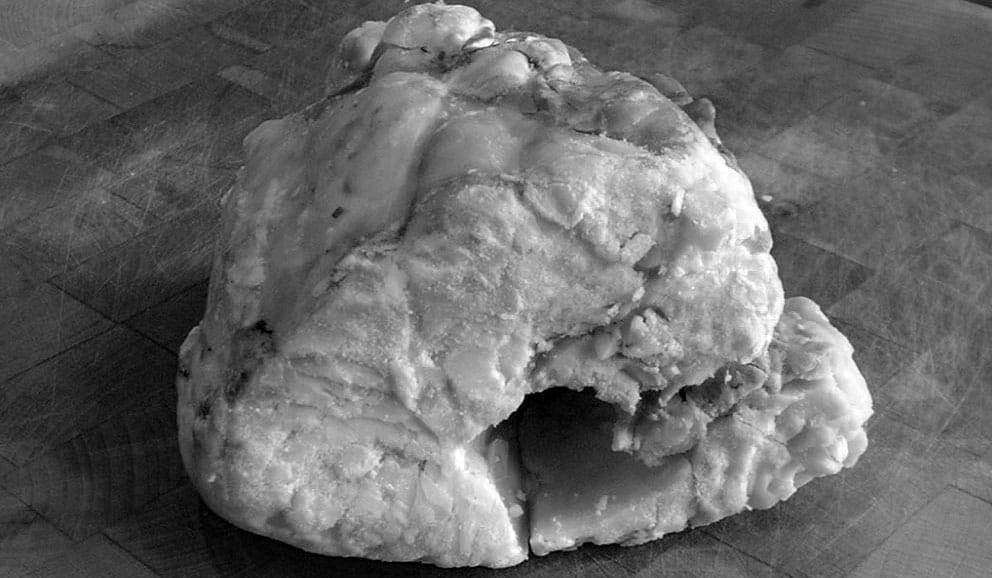
Is it paleo-friendly?
Yes, paleo is all about eating like our ancestors did. And they ate plenty of beef and animal fats.
Is tallow keto-friendly?
It certainly is. Expect suet, tallow and other fat products to become hot sellers over the next few years as the keto diet gains in popularity
What kind of foods can you cook with dripping?
Anything you want but I recommend cooking chips, potatoes, onion rings, and vegetables such as parsnips and carrots. It’s also great drizzled on toast, just like olive oil. Only better, of course.
What’s the smoke point of tallow?
The smoke point of tallow is around 250°C or 400°F so you’ll need some serious heat before this oil burns.
Is tallow better than ghee for cooking?
Both products serve the same purpose.
Ghee is clarified butter, a by-product of milk. Ghee is a safe milk product for lactose intolerant people. But apart from that, there’s little difference between the two for cooking.
Both are high in saturated fat. Both have high smoke points. And both are delicious. Choosing one over the other would come down to a matter of taste.
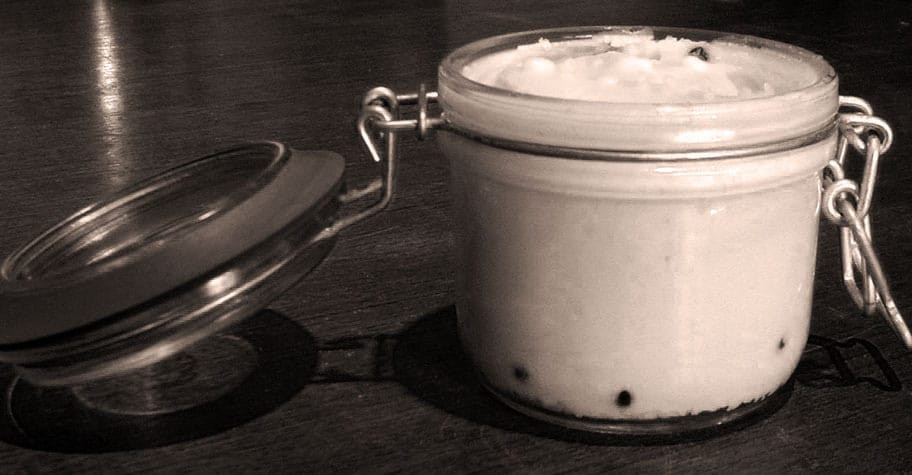
What about the effects on my skin?
Fatty foods (and let’s face it – tallow is a fatty food) get a bad rap for their so-called negative effects on skin, especially facial skin. And in many people’s view, animal products are the main offender. But there is no evidence to prove this.
Tallow, Ghee, and Butter (all products from our bovine friends) are low in PUFAs and safe for cooking at high temperatures. They are not chemically extracted and have been used by humans for millennia.
Some people use tallow as a moisturiser. That might sound gross, but from a scientific point of view, the natural chemicals in the beef fat are not much different from those in an organic skin product. Tallow-based soap is growing in popularity these days. The vitamins in the oil are great for skin repair.
What is beef dripping sauce?
I like to call this “nectar of the Gods”, but let’s stick with the ordinary title for simplicity.
I once saw a question on the internet that asked, “ How do you make beef dripping sauce like Miller & Carter?”. The answer was “You don’t”. That’s about as true as it gets. A good beef dripping recipe is like the recipe for Coca-Cola. Nobody shares it.
Ask a chef and they won’t tell you. This kind of sauce is a well-kept secret among those that know. But I’ll give the game away.
Recipe:
- ¼ cup (70g) of beef dripping
- 2 cups of grass-fed bone broth or beef broth
- 100ml of red wine
- ¼ cup red onion
- 1 tbsp of flour
- 2 cloves of garlic (minced)
- A generous splash of vinegar
- Salt and pepper
Fry the garlic and onions in the dripping until just before browning
Add the wine and broth and bring to the boil
Let simmer for 2-3 minutes
Add the vinegar, flour, and red wine and reduce for 15 minutes (keep reducing if required until the mixture starts to thicken)
Add the salt and a knob of butter (options) to add a little kick.
Pour on beef for a taste explosion.
Where can I buy beef dripping sauce?
I’ve never seen it for sale. The best thing is to make beef dripping yourself.
Is this just a fad or food for chefs?
James Whelan Butchers in Ireland won a prestigious award in the annual Guild of Fine Food awards in London not for some fancy cut of beef, or faddish food product. Their beef dripping product scooped the top spot and beat thousands of other entries. Pat Whelan describes his product as a flavour enhancer. And that’s how it should be. Flavour enhancers stay in fashion.
Is tallow or beef dripping vegetarian?
No.
Can I take “hard muscle fat” and render that down?
Tallow/Dripping is made from kidney suet primarily because it renders down with very little solid material remaining. You can use other beef body fat to render but it leaves some solids that are known as greaves. It is all beef fat, but it is quicker and cleaner to render the internal body fat than the muscle fat.
What else can we use Beef tallow for?
- For making soap. It’s the way we used to do it.
- As a moisturizer. Mixed with essential oils, tallow works great for topical treatments.
- As a gentle clothes washing product
- As a butter substitute. We all love butter. But try this lactose-free alternative.
- As an ingredient in cake baking or pastries
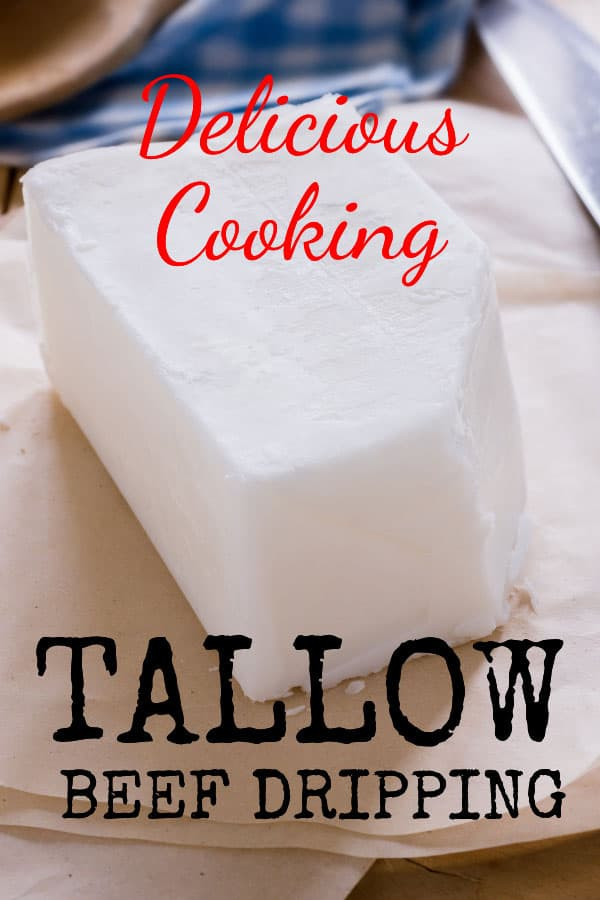
This is good.
Tallow will be a premium product soon. Get it while stocks last
Great article! I’m just discovering the wonders of beef tallow in my diet and I’m looking for information on how to add salt to it to make it into tallow ‘butter’. Is it possible. How? Would I need to add liquid lecithin? Thanks!
Looks really interesting! Love to learn about different products and how they can be used in different dishes. Thanks for sharing!
I cooked roast potatoes in Beef dripping yesterday. They were the best roasties I have ever eaten
I eat a diet high in meat and have just started using tallow on my skin. Beautiful stuff.
There is zero evidence that tallow is harmful for us, so I will continue to consume it.
Great article. x
Thanks Sarah. Tallow is a natural product. It’s made from one ingredient and has multiple uses. Now that the scare tactics and myths about the harmful effects of fat and saturated fat have been debunked, tallow will hopefully make a comeback.
I read the information on how to use beef tallow, and I would like to receive up-dates on this food souse .
Hi Delmar,
Sign up to the mailing list and you’ll be updated every time we release a post.
You can also follow on social media. 👍
Wonderful information! with all of the conflicting information out there, I have one question that might hopefully help others who are confused about this as I am.
If I understand the article here, Tallow/Drippings are made from Suet. If I take “Hard muscle fat”, (trimmings, I believe), and render that down, is that also Tallow, or is that merely just rendered beef fat? Thanks in advance.
Tallow/Dripping is made from kidney suet primarily because it renders down with very little solid material remaining. You can use other beef body fat to render but it leaves some solids that are known as greaves. It is all beef fat, but it is quicker and cleaner to render the internal body fat than the muscle fat.
Although, as a highly saturated fat, tallow is stable and healthful from that single perspective, there is a little-realized concern: its high melting point (~104F).
Any fat that has a higher melting point than your body temperature is going to congeal stubborn droplets in your organs and vascular system. It should be immediately obvious why that presents a problem. (This is, in fact, the underlying health reason for the Biblical prohibition against eating organ fats, which were to have been burned on the altar.)
This is not the case with rendered muscle fats, butter, ghee, coconut oil, cocoa butter, palm oil, etc., all of which melt below body temp.
Hi Dave
Can I use the fat skimmed from my home made stock as drippings? Or does it need to be baked rather than boiled? Does the method of extraction matter?
Thanks
Hi there!
What temperature (degrees Celsius) should I store my dripping at?
I bought dripping from my supermarket (here in New Zealand – we love cows and meat here) and it is part mutton, part beef tallow; I love the stuff!
Thanks
Oliver
brilliant article. well done.
Coming from a meat master like yourself, that’s great praise.
Much appreciated.
Regards, Dave
I have been using beef dripping for 45 years. I used to be able to get the suet and render it myself from a good old fashioned butcher in my home town in the Midlands. Now I get it in blocks thanks to a chum who runs a beef dripping chippy. I always cook my fish and chips in BD there is nothing else worth using. I have always ignored all the ‘experts’ and the trends against it. I sometimes cook a rib of Welsh Black beef which I insist is the colour of stout before I will buy it. I mix red wine, English and French mustards, a dash of Worcester sauce and blend with a little brown sugar. I score the meat and pour this marinade over the beef. The roasts and Yorkshires are all done in BD. And nobody is going to stop me!
I asked my local butcher for organic meat and they were just annoyed.
Great article! I’m just discovering the wonders of beef tallow in my diet and I’m looking for information on how to add salt to it to make it into tallow ‘butter’. Is it possible. How? Would I need to add liquid lecithin? Thanks!
the recipe for drippings calls for vinegar. What type of vinegar there are so many, red, white, apple cider etc
Hi! Awesome article! I just rendered beef fat and have been using the tallow for sautéing, it leaves a film on everything. Am I using too much?